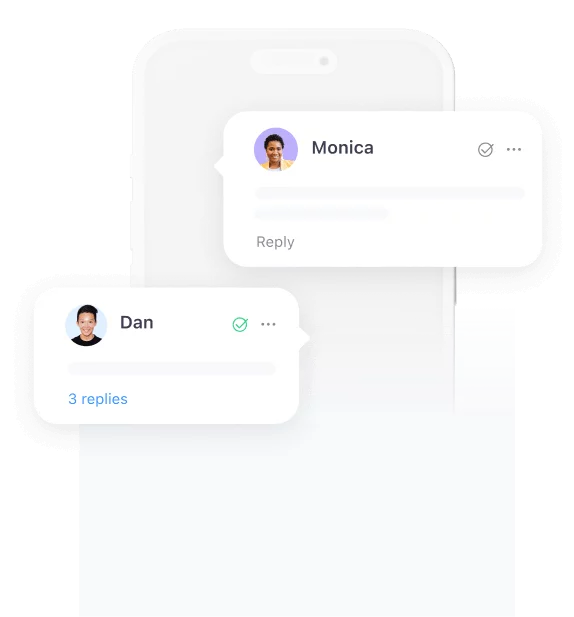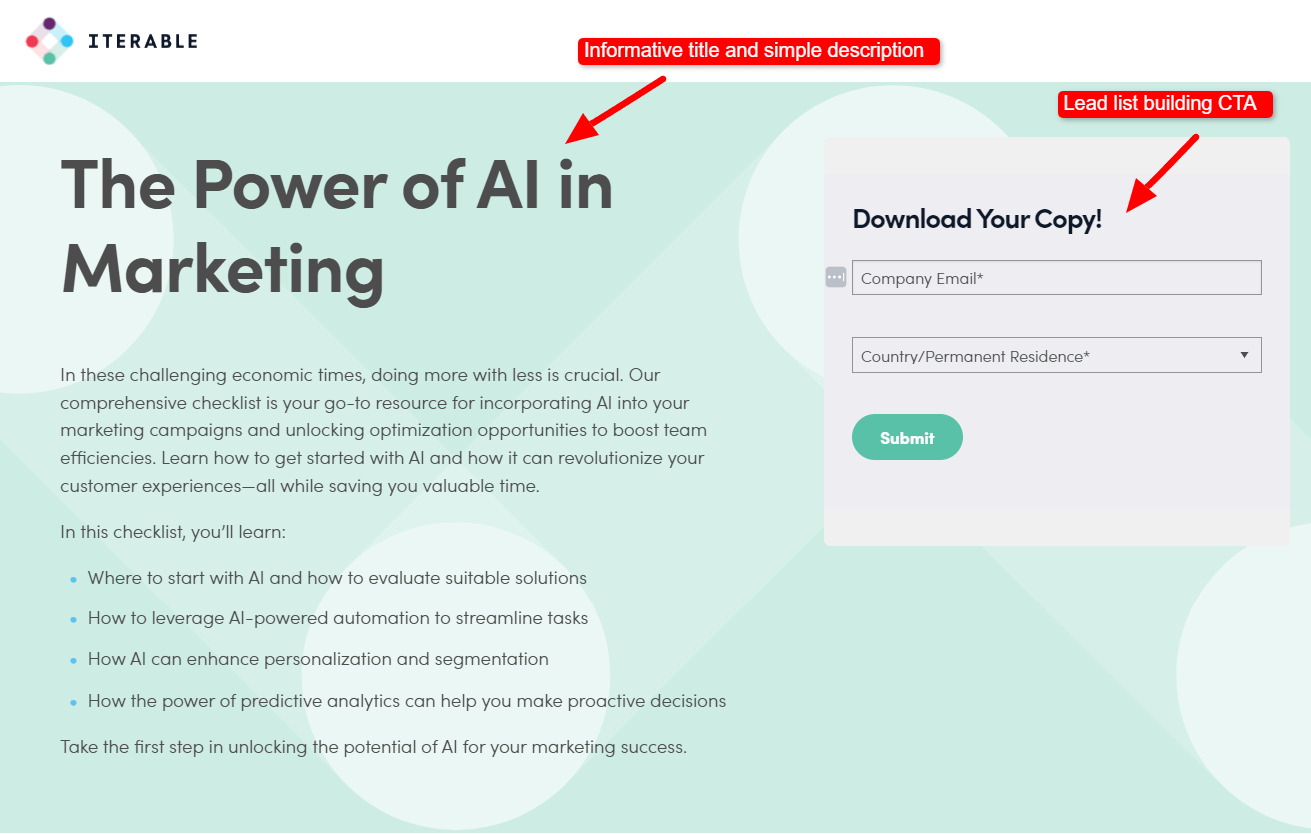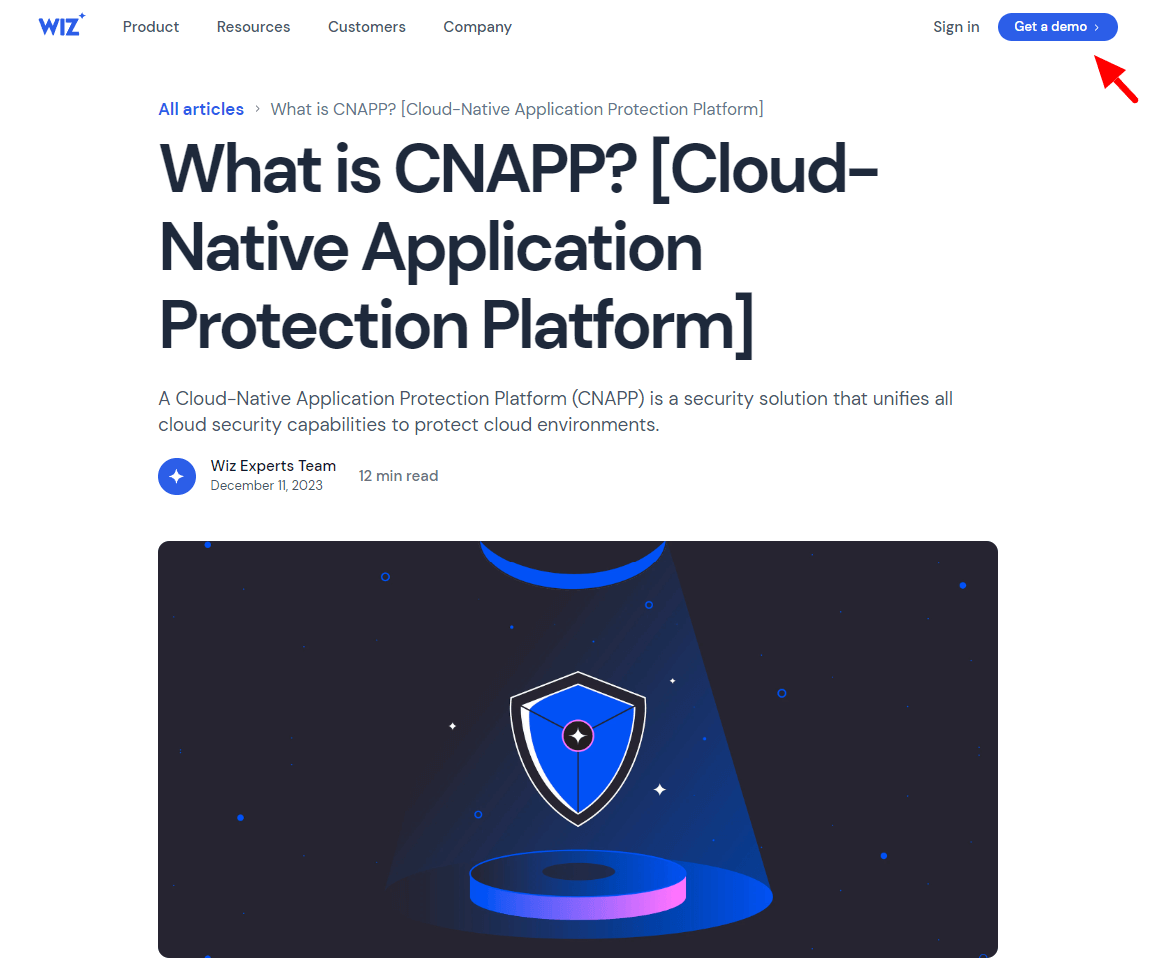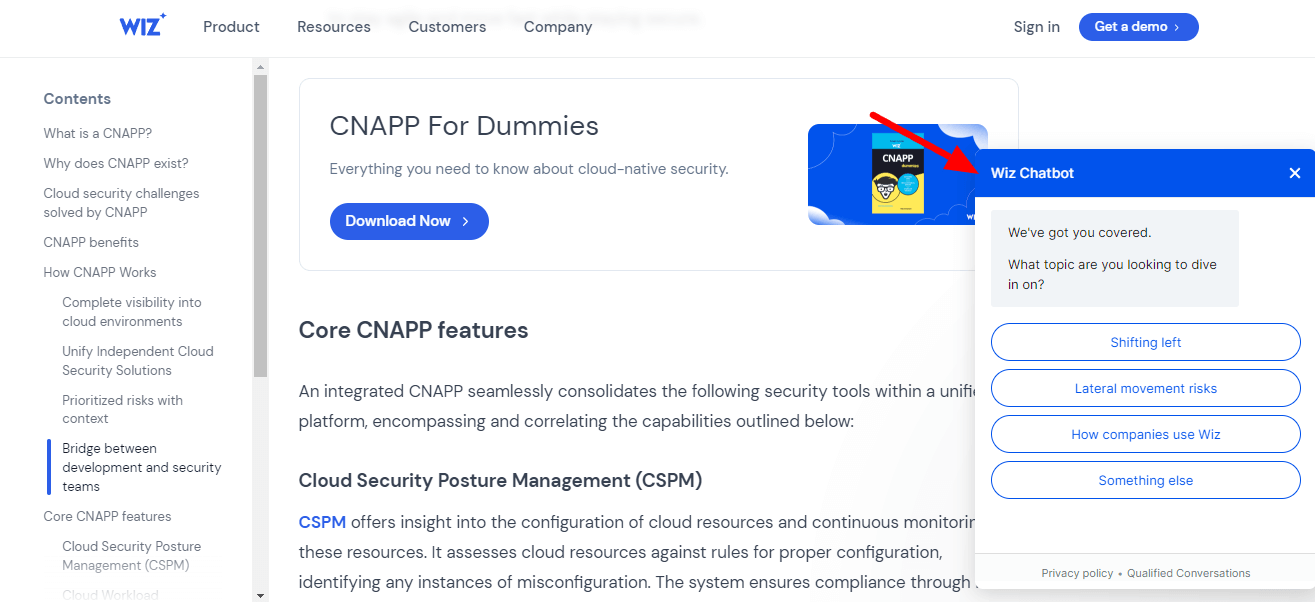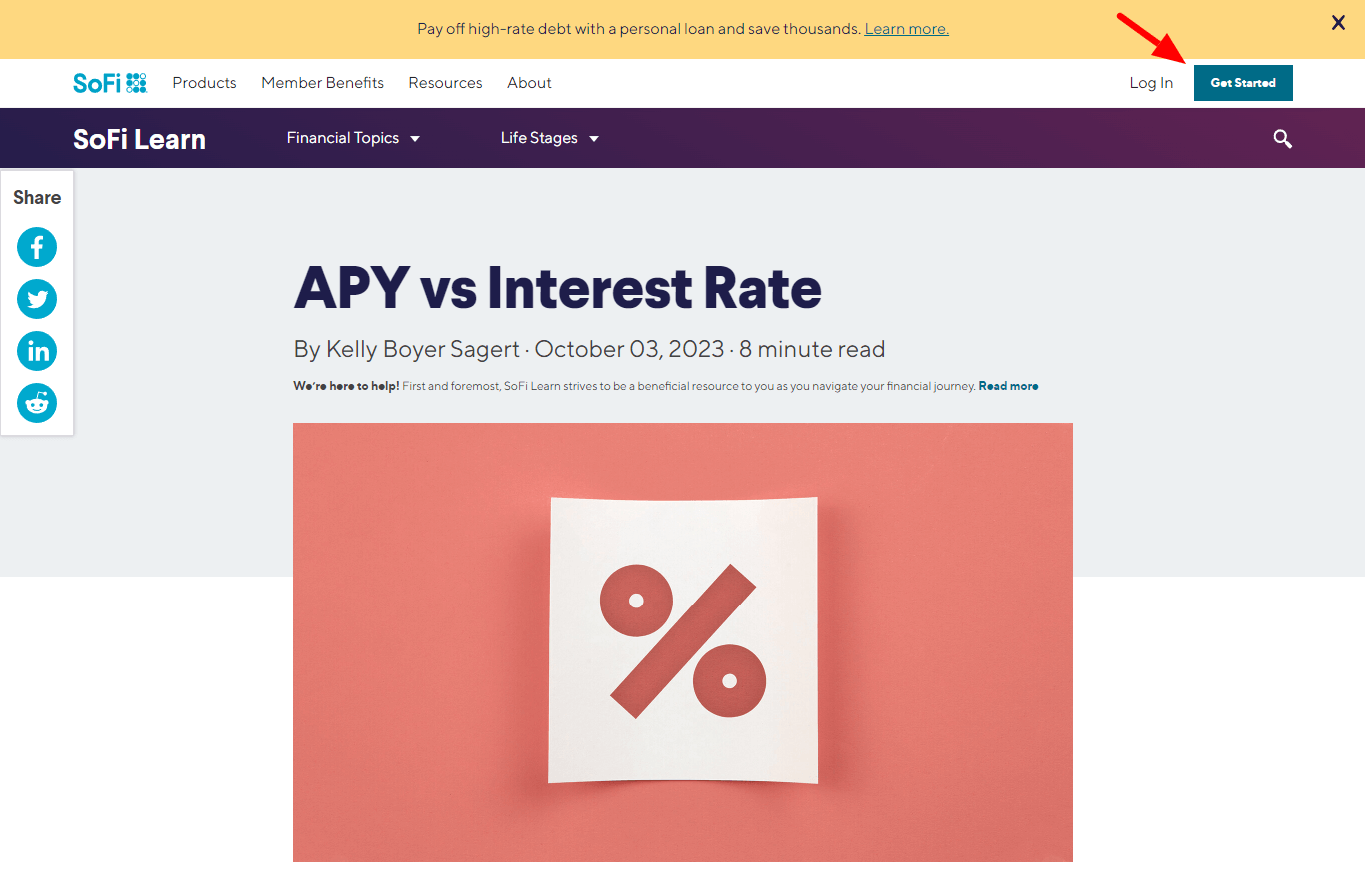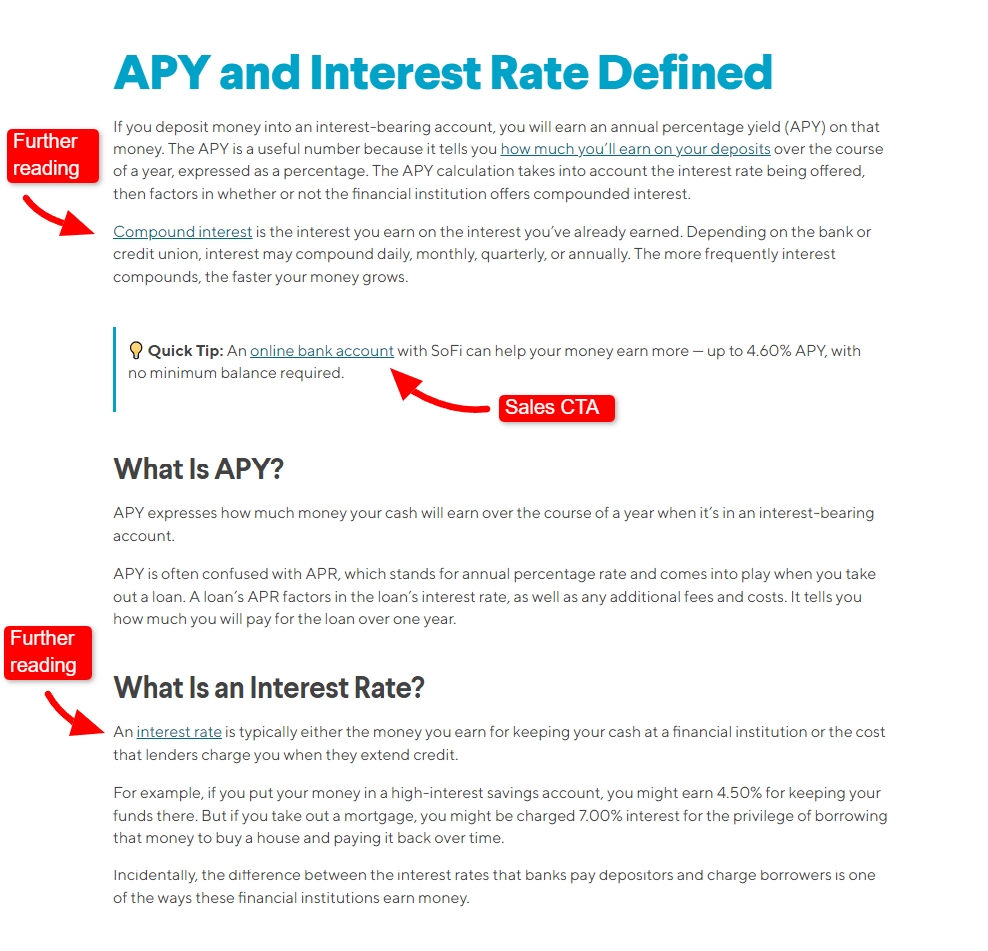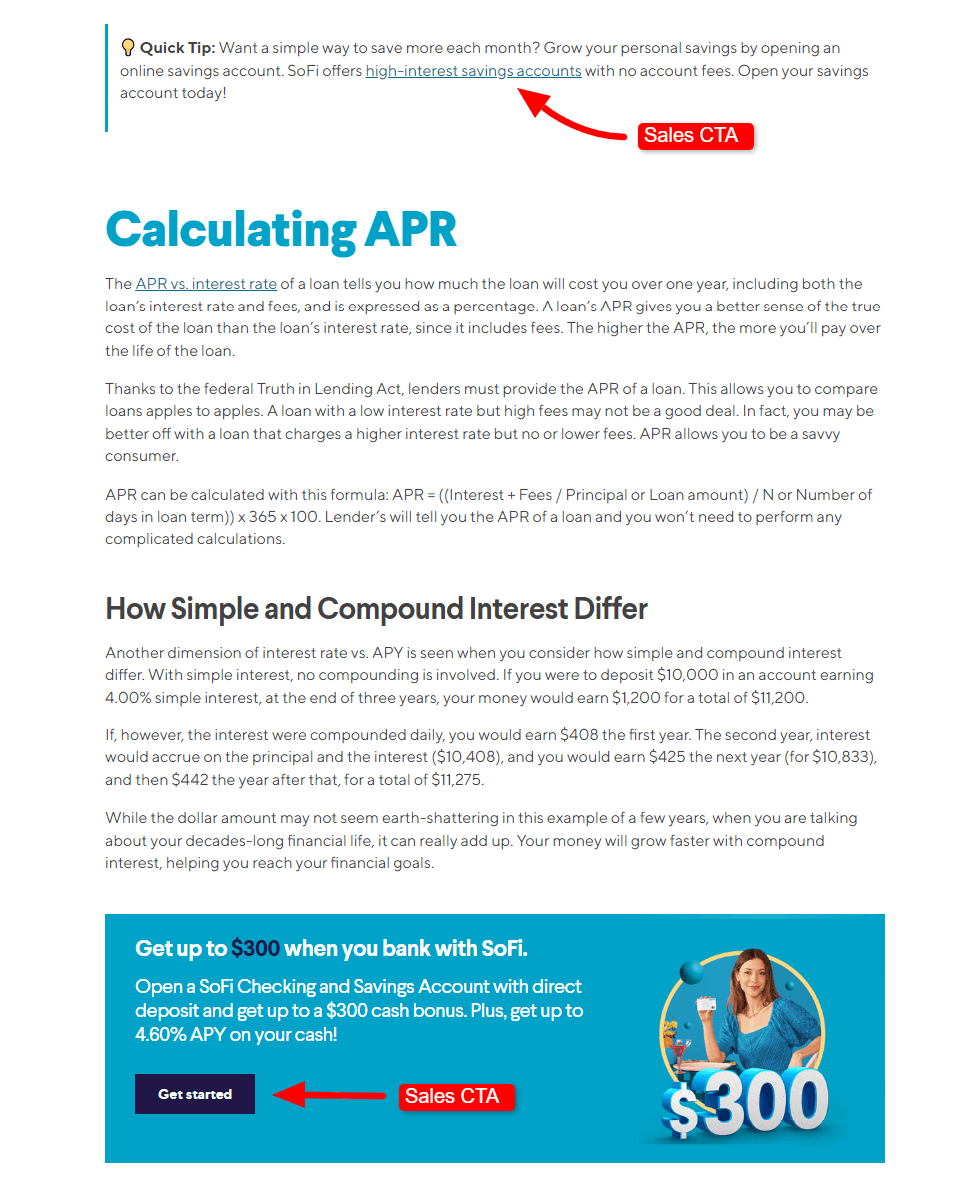Proving your social media return on investment (ROI) can be a challenging process. But proving your value as a social media manager goes beyond numbers. It means showing that your work isn’t just “posting stuff”, but driving brand awareness, community engagement, and long-term business impact.
Not only does every social media campaign have its own goals, but it’s also easy to get caught up in vanity metrics — like likes and follower counts.
While growing a social media audience can influence a positive return in the long run, you need to dig a bit deeper when tracking your social posts’ ROI.
Let’s take a closer look at a few practices you can implement to better measure your social media marketing success.
1. Get clear on your business goals
To prove social media ROI, you need crystal clear business goals first.
Without goals in mind, you can’t properly measure your social media efforts.
So …
What does a positive social media ROI mean to you? What will social media success look like for your company?
For instance, would you consider your social media marketing strategies successful after they’ve helped you increase sales by 20%?
Would a high social ROI mean keeping your social media budget to $2,000 per campaign with a profit of $65,000?
Take this a step further by setting social media goals in line with your business goals for each social platform you use.
Doing so is key to developing the right social media strategy for each social campaign.
For instance, if you run a D2C ecommerce store, you might rely on shoppable posts and user-generated content campaigns when marketing on Instagram.
When marketing on YouTube, you might use explainer videos and product demos and run video social media ads. And when marketing on TikTok, you might rely on influencer marketing and creative, short-form video content.
It’s also vital to deeply understand your target audience. This includes their wants, needs, and preferences — and why your solutions are better than your competitors.
Which brings us to …
2. Use a composable CDP
How well you know your audience directly impacts your social media ROI.
If you’re still trying to understand your ideal customer, you might need better data systems in place.
Without a full understanding of your customer, measuring ROI may be fruitless. You might be measuring campaigns that don’t align with your ideal customer in the first place.
Here’s where a composable CDP comes into play.
Traditionally, measuring social media ROI was a complex puzzle. Disparate data sources, siloed platforms, and fragmented customer journeys made it challenging to connect the dots and attribute value accurately.
This often led to skewed results, missed opportunities, and a lack of confidence in social media’s contribution to the bottom line.
But with enhanced data processes that a composable CDP provides, social media teams can now see a holistic view of their target customers.
A composable CDP (Customer Data Platforms) acts as the central nervous system of your marketing efforts, unifying customer data from various sources, including social media platforms, website interactions, and CRM systems.
You can dig into these valuable insights to learn more meaningful information about your target audience.
- Who are they really?
- What are they searching for?
- What do they buy?
- What kind of companies do they trust?
With clean, integrated data, you can get to the bottom of these questions — and create campaigns that attract, nurture, and convert your target customers.
3. Create a social media marketing funnel
- A nice quote
- A behind-the-scenes photo
- An empowering message
These posts can help you drive brand awareness and build connections with your target audience. But they won’t necessarily move the needle on sales metrics and KPIs.
In other words, the results from these posts can be difficult to measure. These social campaigns reflect your brand’s humanness and can attract new prospects, but it’s challenging for you to gauge how their success impacts your bottom line.
However, by creating funnel-based posts, you can build landing pages to track how many leads and conversions you get per social media campaign. You can also set up lead nurturing campaigns to continue building relationships with fresh leads.
You can run these organically, use social media ads, or try both.
To encourage social media users to act, use irresistible lead magnets in line with their needs and preferences. Gate these lead magnets, so they have to supply their contact details to obtain them.
For instance, if you have a B2B audience, you might use webinar invitations, white paper downloads, and informative courses as lead magnets.
If you have a B2C audience, you might gate coupons, downloadable guides, and loyalty rewards.
Run A/B tests or use lead scoring software to uncover which lead magnets help you generate the most leads and conversions.
On your landing pages, integrate calls to action in line with your business goals. Be sure to also create various versions for different funnel stages.
For instance, for newer leads, use simple lead magnet calls to action (CTAs), like “download your copy” or “sign up for updates.”
For middle-of-the-funnel prospects, integrate advanced lead magnet CTAs and provide in-depth information on your landing pages. Try CTAs like “download our B2B persona building checklist” and “get the DCIM ebook.”
For bottom-of-the-funnel prospects, integrate both lead magnet and sales-focused CTAs. For example, “click here to learn more,” “sign up today,” and “open an account.”
Again, test your CTAs to see which ones help you get more clicks, leads, and conversions.
Be sure to test a few landing page styles for your lead magnet campaigns to see which ones convert best. (Note: You might have different results for each social media platform and campaign type you use.)
For instance, consider testing:
1. A straight and to-the-point, lead-focused landing page
In the following example, Iterable uses a simple landing page with a gated AI Marketing Checklist to generate leads. Its lead magnet CTA reads “Download Your Copy!”
On the left, users can read an informative title and brief summary. To the right, they can sign up to download a copy with their company email.
Test this landing page style for top-of-the-funnel and middle-of-the-funnel leads.
If you publish the campaign, add prospects to appropriate segmented email campaigns for further nurturing. Label them as social media campaign leads from this specific campaign type.
2. A longer information-focused landing page
In the next example, Wiz uses an in-depth informational guide about CNAPP from its online academy to generate leads.
It sports a traditional sales call CTA link at the top right, which reads “Get a demo.”
It also integrates five other opportunities to collect qualified leads throughout the guide, with CTAs such as:
- “Download Report”
- “Download Now”
- “Download PDF”
The gated lead magnets it features include a downloadable:
- CNAPP for dummies book
- CNAPP RFP Template
- CNAPP buyers guide
- G2 CNAPP Report
- Case study
Wiz takes this lead-generation guide up a notch with access to an AI-assisted chatbot at the bottom right. Users can chat with the bot to learn more about Wiz, book a demo, or ask to speak with a sales agent.
Test this landing page style for middle-of-the-funnel leads and bottom-of-the-funnel prospects.
If you publish the campaign, add generated prospects to appropriate segmented email campaigns for further nurturing. Label them as social media campaign leads from this specific campaign type.
3. A blog-style landing page
In example three, SoFi uses its blog post about APY vs Interest Rate to nurture bottom-of-the-funnel leads and generate conversions.
It also features a traditional conversion CTA link at the top right, which reads “Get Started”.
While it does sport a few opportunities for further reading, its CTAs focus on getting the sale. It also doesn’t feature any gated lead magnets, such as downloadable guides or webinar invitations.
Its sales-focused CTAs throughout the blog post page include:
- “High-interest savings accounts”
- “Online bank account”
- “Open an account”
- “Get started”
Test this landing page style for bottom-of-the-funnel prospects.
If you publish the campaign, add your new prospects to the right segmented email campaigns for further nurturing. Label them as social media campaign leads from this specific campaign type.
ROI formulas for funnel campaigns
Use the following data to uncover your ROI for your social media funnel campaigns.
First, calculate your return:
Get with your marketing and sales departments to uncover the following information for each campaign:
- Landing page conversion rate
- Number of campaign visits
- Total number of sales
- Close rate
Next, calculate your investment:
Next, check your marketing budget and business financial plans to uncover the following for each campaign:
- Total content creation costs
- Total ad/marketing spend
- Total labor costs
Finally, calculate your social media marketing ROI:
Use the following formula to discover your ROI for each funnel campaign.
(Total revenue – Total investment) / Total investment
For instance …
If a campaign brought in $60k in revenue and you invested $1,700, you’d calculate (60,000 – 1,700) / 1,700.
In this case, your answer would be 34.2941176, or 3429% ROI.
*Pro-Tip: Use an online social media ROI calculator to save time doing the math.
4. Final tips to measure social media ROI
Looking for more ways to prove your social media ROI?
Try automated DM campaigns, shoppable posts, Link in Bio campaigns, and CTA links across your social media platforms.
These campaign types can help you set and track clear conversion paths so you can better pinpoint which social media activities work best.
You can also try affiliate marketing campaigns and influencer marketing campaigns.
Just make sure to have tracking software in place first so you can measure these campaign efforts and ROI as accurately as possible.
Wrap up
Whether you’re a social media manager, social media marketer, or run your own business, you need concrete ways to measure your social efforts.
But without systems and a sales process in place, you can’t accurately prove your social media marketing ROI.
That’s why we recommend:
- Getting clear on your business goals
- Using a composable CDP
- Creating a social media marketing funnel
- Testing additional campaign types with clear conversion paths
If you’re ready for smarter social media actions, save this article and share it with your marketing team. Then, begin testing and implementing the tips we’ve covered in this article. Here’s to your success!
Jeremy is co-founder & CEO at uSERP, a digital PR and SEO agency working with brands like Monday, ActiveCampaign, Hotjar, and more. He also buys and builds SaaS companies like Wordable.io and writes for publications like Entrepreneur and Search Engine Journal.


